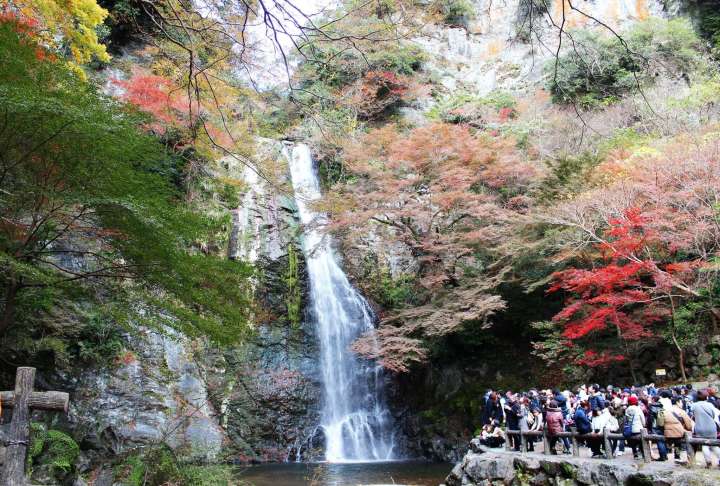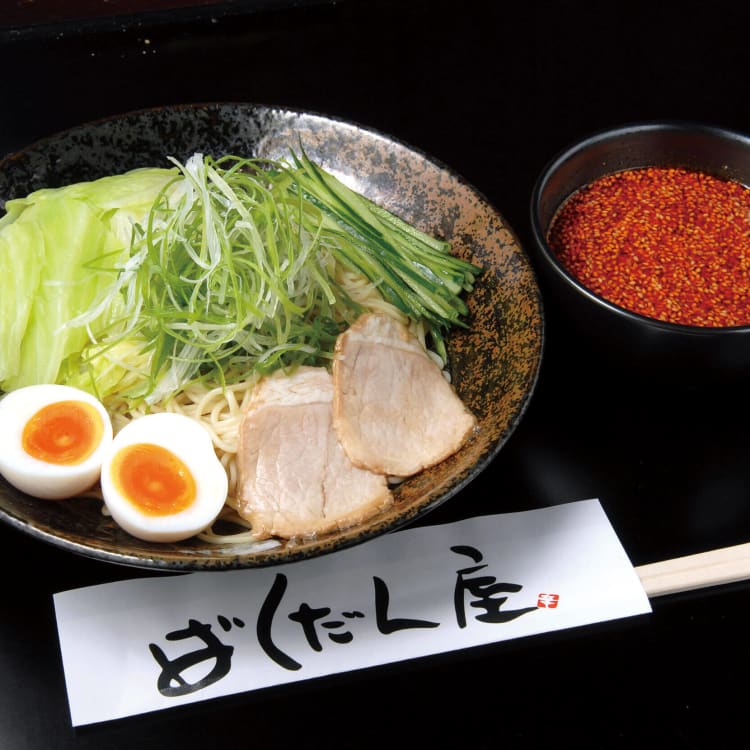
Story Hiroshima + Osaka by JNTO on 04 January 2018
With convenient, new direct connections on airlines like SilkAir and Singapore Airlines to Hiroshima and Osaka respectively, it’s now possible to combine both cities on a single trip. You can fly into Hiroshima and return via Osaka (or vice versa), getting between the two cities via the Tokaido Sanyo Shinkansen (bullet train) in just 80 minutes.
Hiroshima
This pretty city which was rebuilt after the devastation of WWII features plenty of green spaces, like the immense Peace Memorial Park with its numerous monuments and famous bell. Other sites include the iconic “A-Bomb Dome” – ground-zero where the atomic bomb struck on 6 August 1945 – and the picturesque Hiroshima Castle nicknamed “Ri-jo”, or Carp Castle, which was rebuilt in 1958.
Head to Nagarekawa neighborhood for some nightlife action, and sample the local versions of okonomiyaki (a savory pancake which is layered rather mixed with the batter like elsewhere in Japan) and tsukemen, which is cold noodles dipped in spicy thick broth.
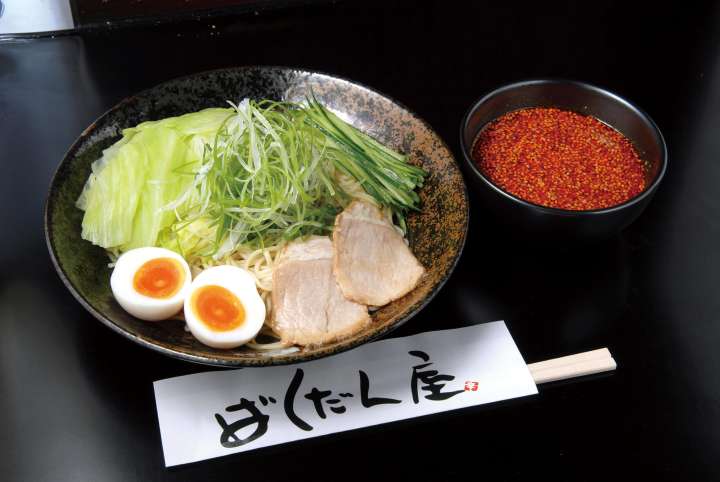
Not to be missed is Miyajima (about an hour from Hiroshima City), an island which is famous for its red torii temple gate that ‘floats’ in the bay.
Osaka
Minami is probably Osaka’s best-known area, which includes many individually famous neighborhoods, from the glitzy shopping area of Midosuji to electronics and otaku-culture in Den-den Town.
Namba – the beating heart of Minami – is famous for its bars, clubs and the famous Glico Man signboard which has been an icon of Osaka since 1935. Overlooking the canal, it is the city’s most photographed spot. The neighborhood is home many shopping malls and shopping arcades; one of these arcades is Shinsaibashi-suji, an Osaka landmark for nearly 400 years. It’s got over 200 stores of all sizes as well as cafes and trendy restaurants. Namba is also famous for its okonomiyaki (savory pancake) and takoyaki (octopus balls).
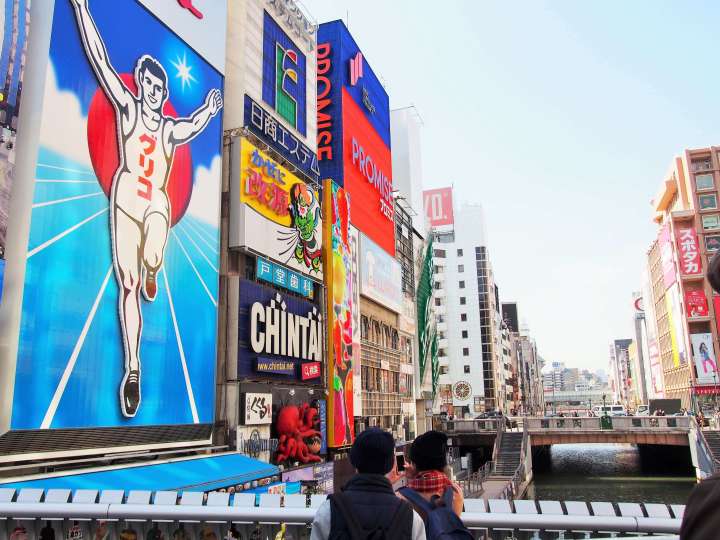
Created in 1912, and modeled on New York City and Paris, Shinsekai may be the city’s most interesting neighborhood. Rowdy by Japanese standards, it’s the birthplace of kushi-katsu, skewers of deep-fried items like sausage or vegetables, dipped in sauce.
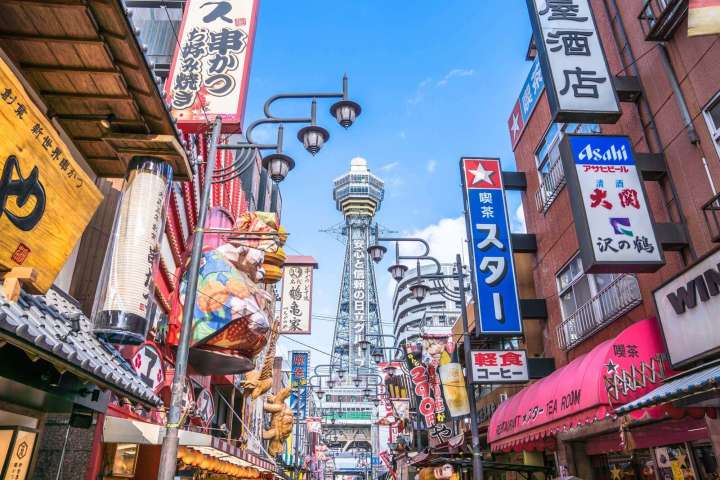
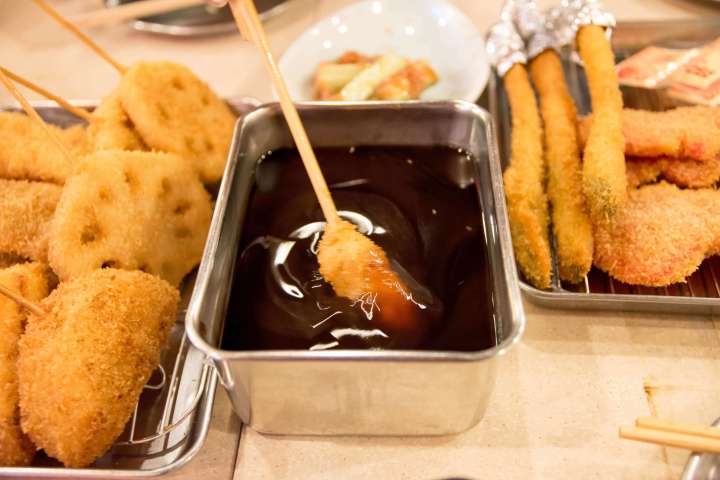
One of Japan’s biggest bathhouses, Spa World is a major landmark in Shinsekai. Featuring more than a dozen different themed baths, it’s divided into Asian and European styles ranging from Roman baths to Japanese-style outdoor baths.
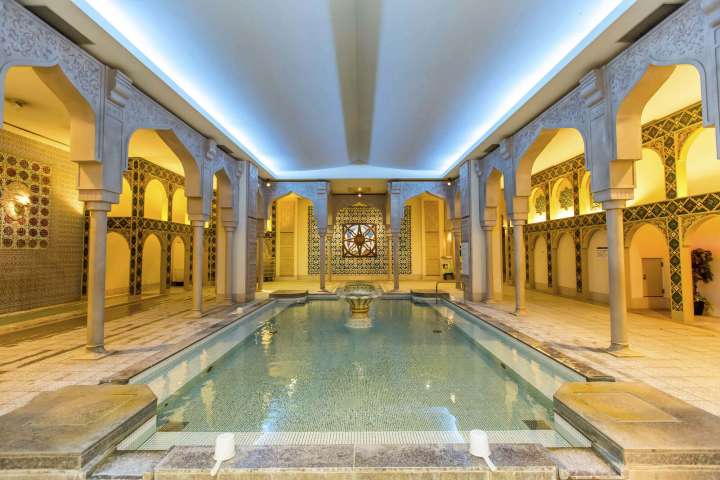
Osaka Castle
Osaka Castle (Osaka-jo) and the surrounding Osaka Castle Park are a perfect place to experience the city’s natural beauty – especially from the castle’s 8th floor observation deck, which has one of the best views in town. There’s a 3.5km walking path that’s ideal for exploring the castle’s impressive stone walls, moat, and Nishinomaru Garden which features 600 cherry tree that explode in pink each April.
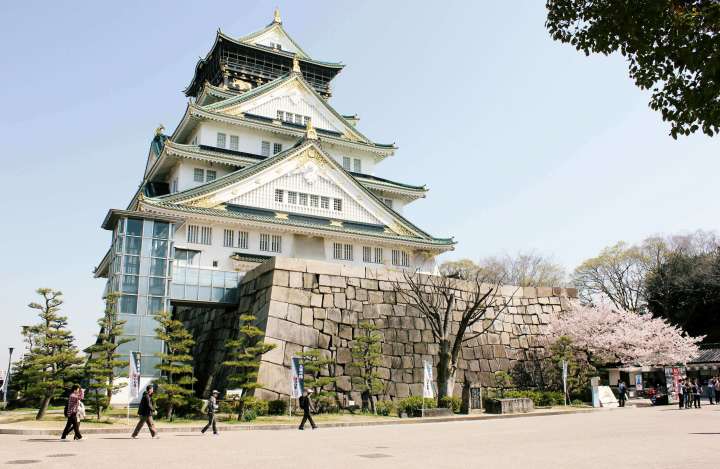
Minoh Park
Minoh Park is one of Osaka’s best green getaways. The famous Takimichi walking trail connects Minoh Station with the park’s main attraction, the Minoh Waterfall. Near Minoh Station you can get momiji tempura (deep-fried maple leaves), a unique speciality to the area.
